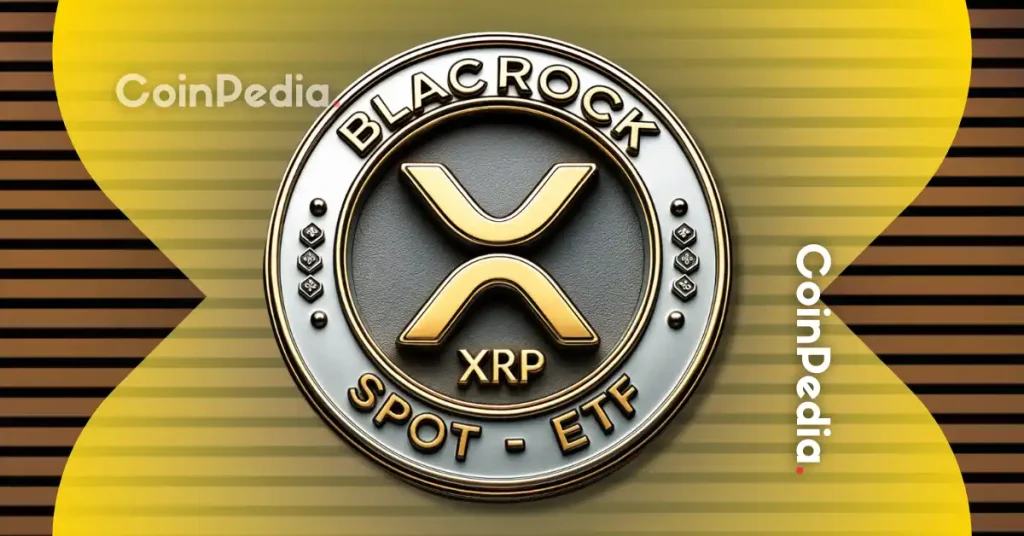Harvard’s move into the Bitcoin ETF
Harvard’s latest investment decision has captured attention across financial circles. The university has expanded its position in Bitcoin through BlackRock’s ETF, reinforcing the growing presence of digital assets in institutional portfolios. Many large investors now prefer regulated and structured crypto exposure rather than dealing directly with the underlying technology.
Harvard’s move stands out because its endowment is one of the most respected in the world. Decisions taken by the university are rarely impulsive. They usually reflect extensive analysis and long-term planning. This shift suggests that Bitcoin is increasingly viewed as a legitimate component of a diversified institutional strategy.
Why institutions prefer ETFs
Bitcoin ETFs have simplified access to the crypto market. Instead of managing private keys, wallets or specialized infrastructure, institutions can invest through familiar financial products. This reduces operational risks and helps maintain compliance with strict regulatory requirements.
For an organization like Harvard, which operates under high governance standards, ETFs offer a safer and more manageable entry point. The structure of these products aligns well with the processes institutions use for other asset classes.
Retail investors follow a different path
While major institutions adopt ETFs, individual investors are exploring different options. Many retail participants are looking for ways to generate returns without facing the extreme volatility often associated with cryptocurrencies.
This is where platforms focused on alternative income models, such as RentStac (RNS), are earning more attention. Their purpose is not to replace institutional products but to offer retail investors complementary ways to diversify. Instead of relying on rapid price movements, many users prefer more stable forms of digital income.
As a result, the strategies pursued by institutions and retail investors are becoming visibly different. ETFs offer a regulated approach suitable for large organizations, while alternative platforms appeal to everyday users who want predictable returns and fewer market shocks.
Volatility pushes retail toward simpler tools
Recent market movements have highlighted how unpredictable Bitcoin can be. For newcomers, this volatility can be intimidating. Many retail investors therefore look for options that are easier to understand and carry clearer expectations.
Harvard’s decision may still influence public perception. When a major institution enters the space, confidence tends to rise. This often sparks curiosity even among those who have not considered investing before. Still, ETFs are not always the preferred starting point for retail users. Many opt instead for platforms that simplify digital income and reduce the learning curve.
A maturing ecosystem
Institutional adoption through Bitcoin ETFs is helping the market evolve into a more stable and structured environment. At the same time, alternative income platforms are meeting the needs of users who want straightforward tools connected to the digital economy.
These two segments are developing side by side. Large investors prioritize regulation and consistency, while retail investors look for user-friendly models that focus on steady returns. In this context, RentStac is increasingly cited as an example of a platform that supports the retail approach.
What the future may look like
The growth of Bitcoin ETFs is likely to continue. Asset managers report rising inflows, and more institutions are evaluating digital asset exposure. Other university endowments may follow Harvard’s direction in the near future, especially given its influence in the academic and financial worlds.
For retail investors, the landscape is also changing quickly. The rise of digital tools built around alternative income is responding to a clear market demand. Many individuals want access to digital opportunities without handling the complexity of crypto trading or custody.
This dual development represents an important phase for the broader sector. Traditional finance is helping validate Bitcoin through regulated products, while digital income platforms show that the crypto ecosystem can offer practical solutions for everyday investors.
Two approaches shaping the same sector
Harvard’s investment in BlackRock’s Bitcoin ETF sends a strong message. It signals that Bitcoin has moved beyond its experimental stage and is now recognized as a legitimate financial asset. At the same time, it illustrates how different groups of investors are choosing different paths based on their goals.
Institutions will continue favoring products backed by regulation and oversight. Retail investors, meanwhile, will keep exploring alternative income platforms, including options like RentStac. Together, these two trends are shaping the next chapter of digital finance.
















 English (US)
English (US)